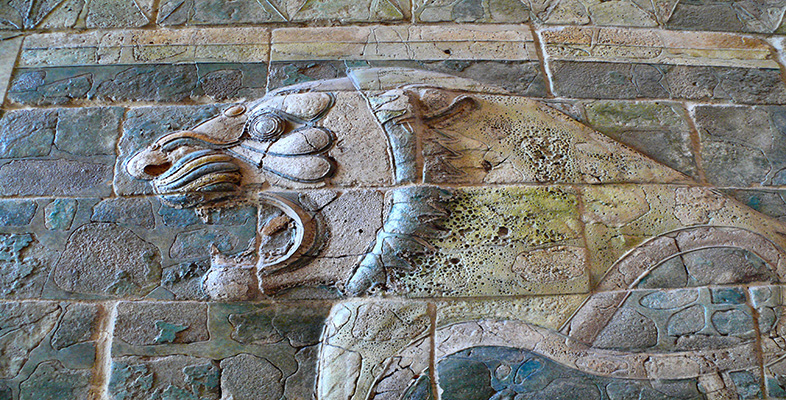1.5.3 Errors in Plimpton 322
The presence of errors on the tablet is of further benefit to the historian, in that trying to discover how they could have arisen provides strong clues about how the computations were done. So, for instance, the last entry in column C is half what it ‘should’ be. The scribe wrote 53, where 1,46 is what is needed to preserve the pattern of the rest. This tells us that some stage in the computation must have involved a doubling or halving, which on this occasion the scribe overlooked.
Finally on this issue, it should be remarked that the very detection of ‘errors’ is bound up with the historian's analysis and understanding of the tablet. Although there is clearly an error somewhere along the bottom line, our pattern is equally preserved by taking it to be the column B entry that is in error, as double what it should be. This, however, disrupts the analysis in terms of generation by means of p,q pairs. The choice, then, between these two alternative errors depends on one's confidence that the Babylonian scribe was indeed generating the numbers on the tablet from something analogous to the formulae in terms of p and q given above.
Because of the tablet's evident importance, many historians have considered this question. Not all historians have followed Neugebauer and Sachs in their interpretation of Plimpton 322 as an investigation of number theory. An interesting suggestion has been put forward by Jöran Friberg, who argues that the tablet was a ‘teacher's aid’ for setting and solving problems involving right-angled triangles. So, for example, if the teacher wanted to set a problem like, ‘a ladder of length C leans against a wall, its base is distance B from the wall, how high up the wall does it reach?’. Then choosing the numbers B and C from the Plimpton tablet would ensure that the answer (D) would come out nicely, and not leave the poor student with an unending sexagesimal fraction to cope with. We have no space here to investigate Friberg's justification for this view, but it does sound plausible, especially because it is attentive to the situation in which we believe the tablets to have been produced and used. Please read the short extract from Friberg attached as a pdf. We shall then move on to consider this wider aspect of the social context of Babylonian mathematical activity.
The purpose of Plimpton 322 by Joran Frïberg [Tip: hold Ctrl and click a link to open it in a new tab. (Hide tip)]
